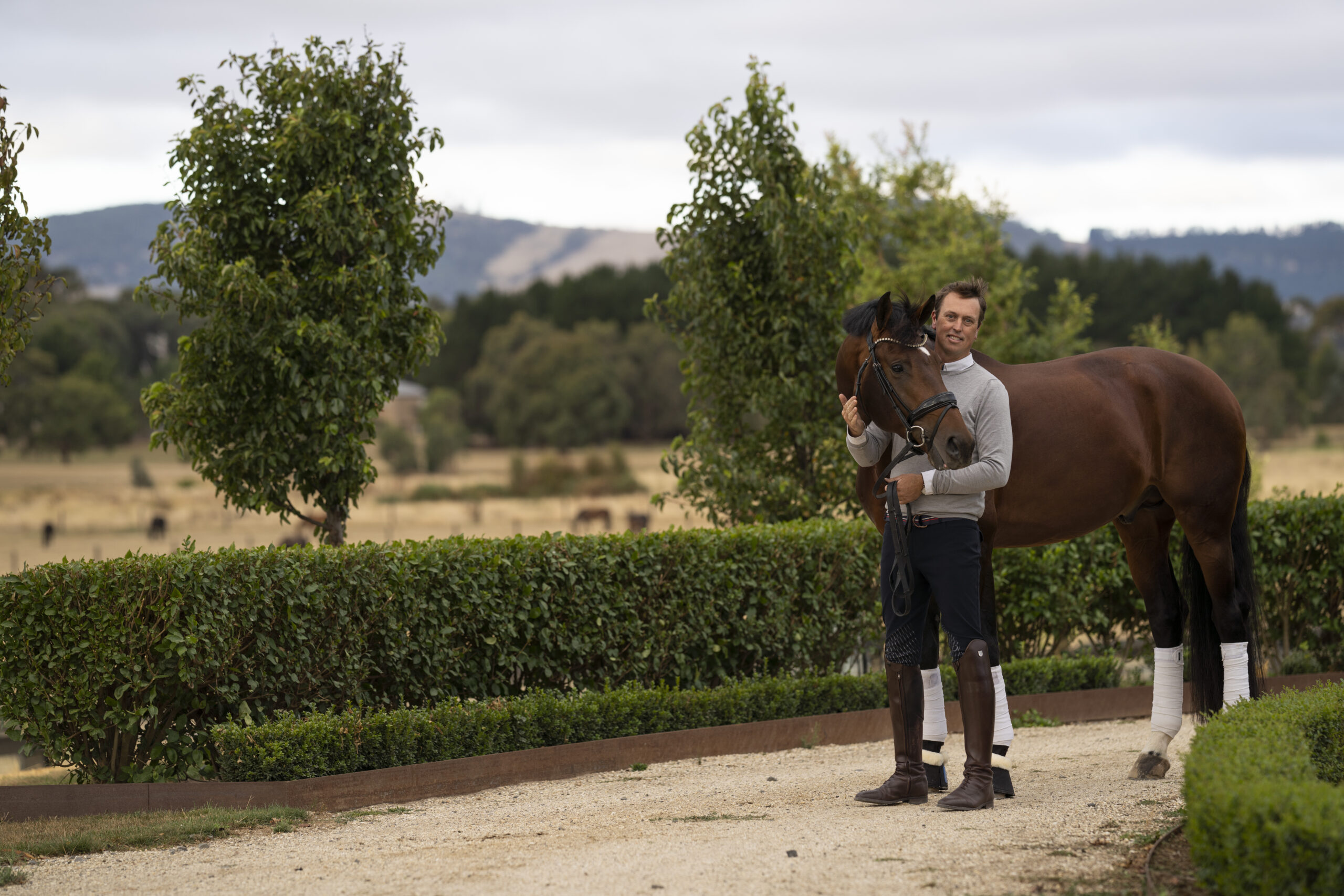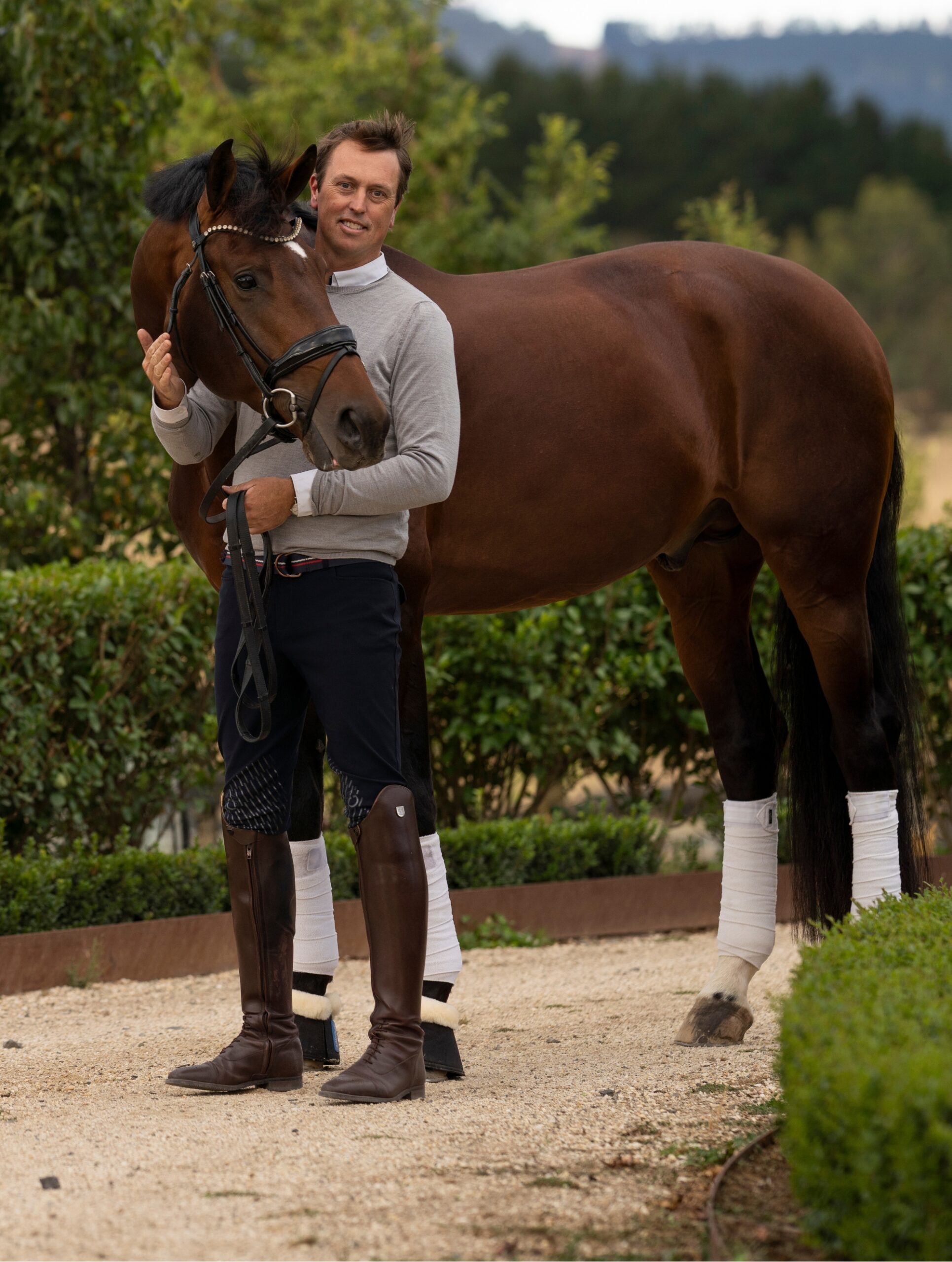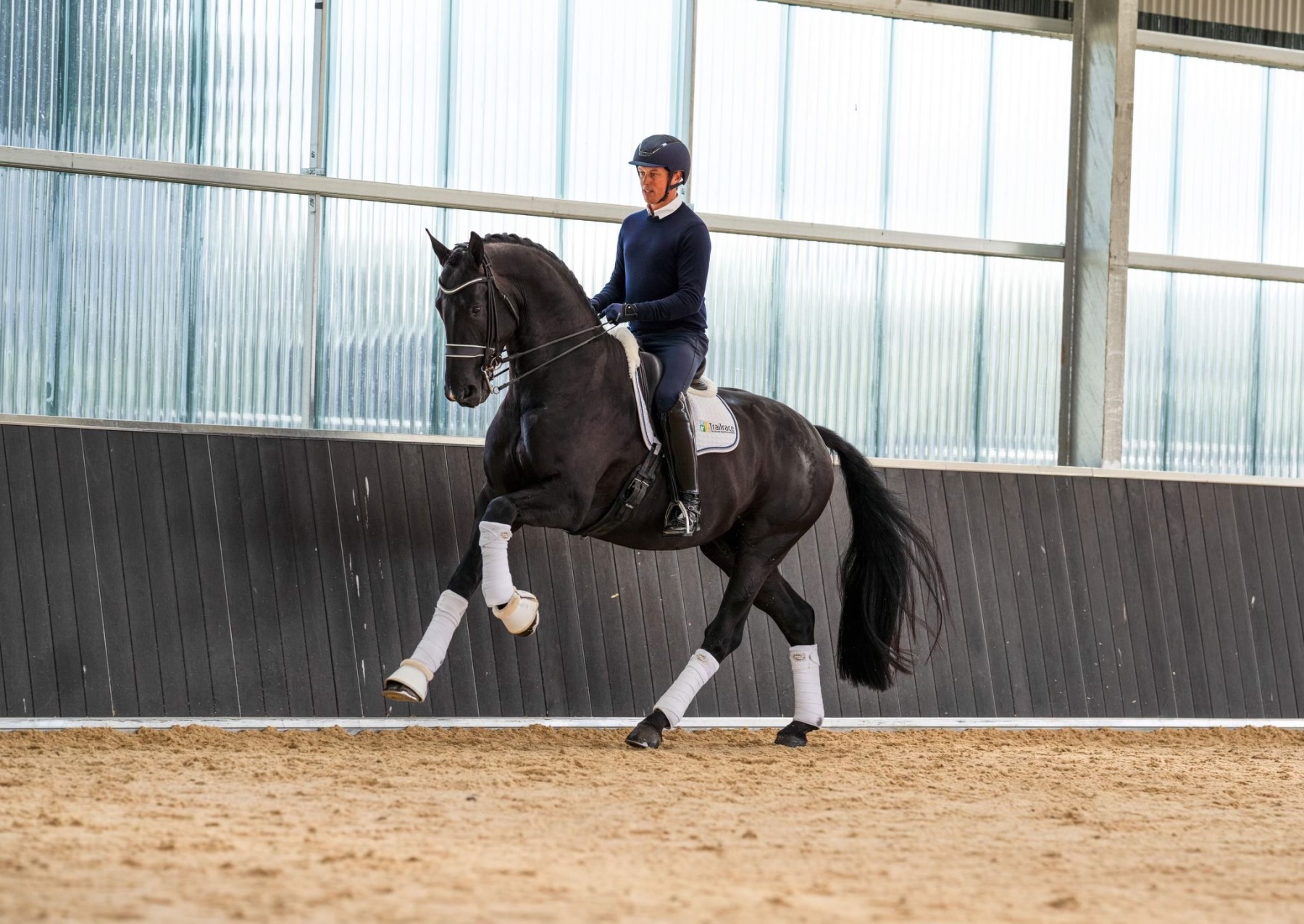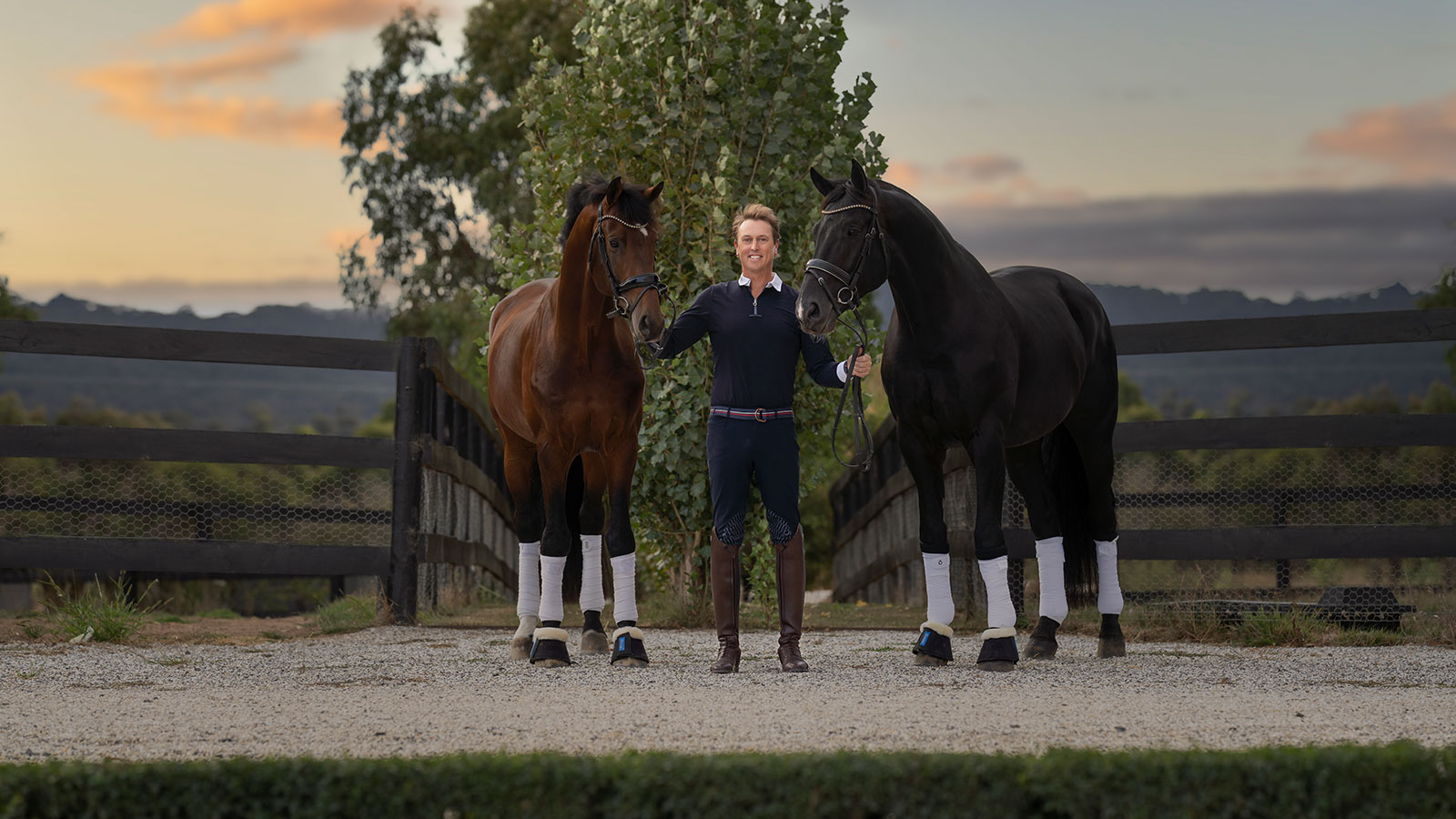As a father of a young rider, a partner of a competitor, a competitor myself, a coach, a breeder, and an Equestrian Australia (EA) Board Member, you could say I’m deeply invested in our sport and organisation. With visibility from so many perspectives, I feel both qualified and compelled to share my opinion, experience, and hopes for the future of Equestrian Australia.
Our organisation is at a critical juncture. To ensure the delivery of the ultimate service to all levels of membership, reform is not just necessary – it’s imperative. We need to streamline processes, improve efficiency, manage data effectively, develop a world-class high-performance program, actively listen to our members, seek advice from leading equestrian nations, and most importantly, embrace change. Doing the same thing as historically done and expecting change is just not going to cut it!
Change is daunting. The unknown can be unsettling. But with careful planning, strong leadership, and an unwavering dedication to progress, we can navigate this transition successfully.
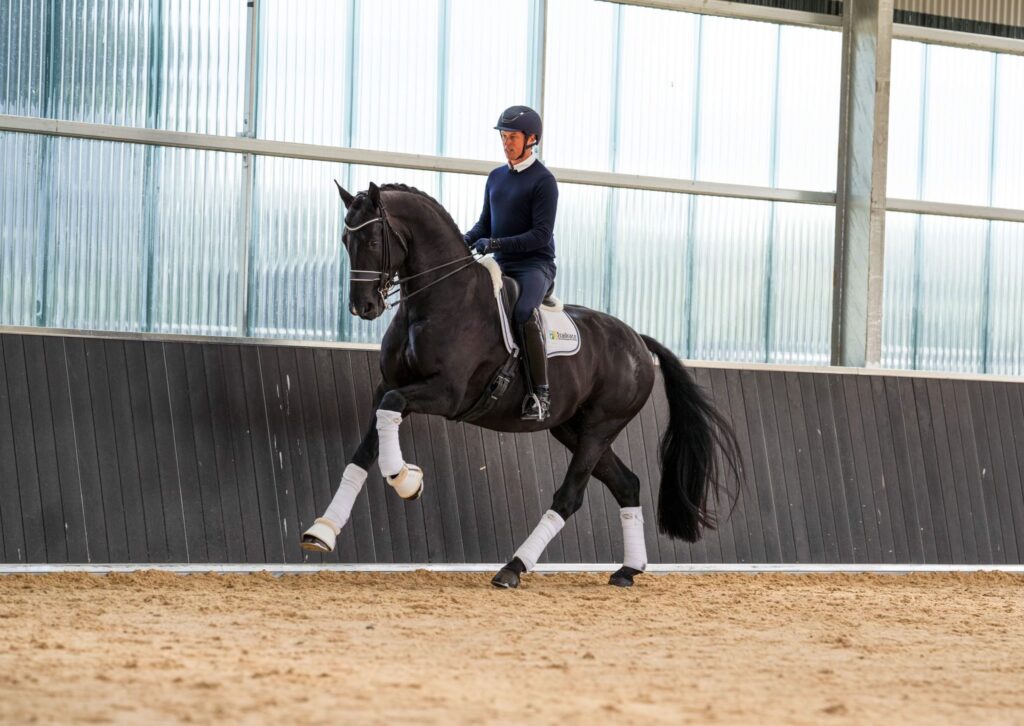
David Shoobridge riding Toto Nation De Jeu. Image by Jessica Atkins Photography.
Over the last few weeks there have been many social media posts that highlighted some inefficiencies, or more simply, lack of cohesion between our sports and our organisation. Whilst not speculating whether specific claims are justified, it leaves me thinking, ‘What can we do better as an organisation… and how can we do it?’
We need to establish an organisation where each sport or discipline retains its autonomy. Using my own experience as an example: as a dressage rider competing in EA and FEI classes, I need membership in an organisation that supports my needs as a rider. It should be led by individuals dedicated to developing the sport effectively, with experience ranging from grassroots to high performance, supported by clear pathways and strategies. Most importantly, I want to ensure that my financial contributions directly benefit my sport. I want the same for my friends who are eventers and showjumpers, for the children in Interschools competitions and for the vaulters, drivers and show horses. The vision is that Equestrian Australia has one head office for governance and administration, and within this structure each sport/discipline has their autonomy to manage their folio as they see fit.
Many decades ago, what was then the Equestrian Federation of Australia (EFA) wrote “Project 92 – a draft proposal to restructure the EFA to ensure improved services to members and better management” – a visionary initiative aimed at shaping the future of equestrian sport in Australia. Project 92 identified the need for sport/discipline-based organisational structure. It highlighted the opportunity for improved service delivery and efficiency with direct benefit to our membership groups. While it has taken decades to reach this point, and there remains much to do, I firmly believe we are now in a position to take bold steps towards realising that vision. We have a brilliant leadership team led by our CEO Sam Jones.
1. Rebooting Dressage and Showjumping squads
Funded by the AIS, our High Performance Eventing and Para Equestrian squad programs are going ahead in leaps and bounds. It’s time for Dressage and Showjumping to take to the arena and strategise for success. How does this look? Our high-performance squads are the backbone of international representation. We must ensure they receive the best coaching, access to world-class facilities and support structures that rival those in leading equestrian nations. By revitalising these squads, we can better prepare our riders for international success and inspire the next generation. Our sport receives a lot of funding from the AIS and ASC specifically for High Performance acquittal. While on face value it may seem money is spent on this program without benefit to the broader membership, I argue that it adds benefit to all members through the advancement of these HP riders and program facilitators. The learning from these programs manages to trickle into grassroots level through improved coaching, venues, staff knowledge, development program blueprints, squad structures, welfare, inclusion and more.
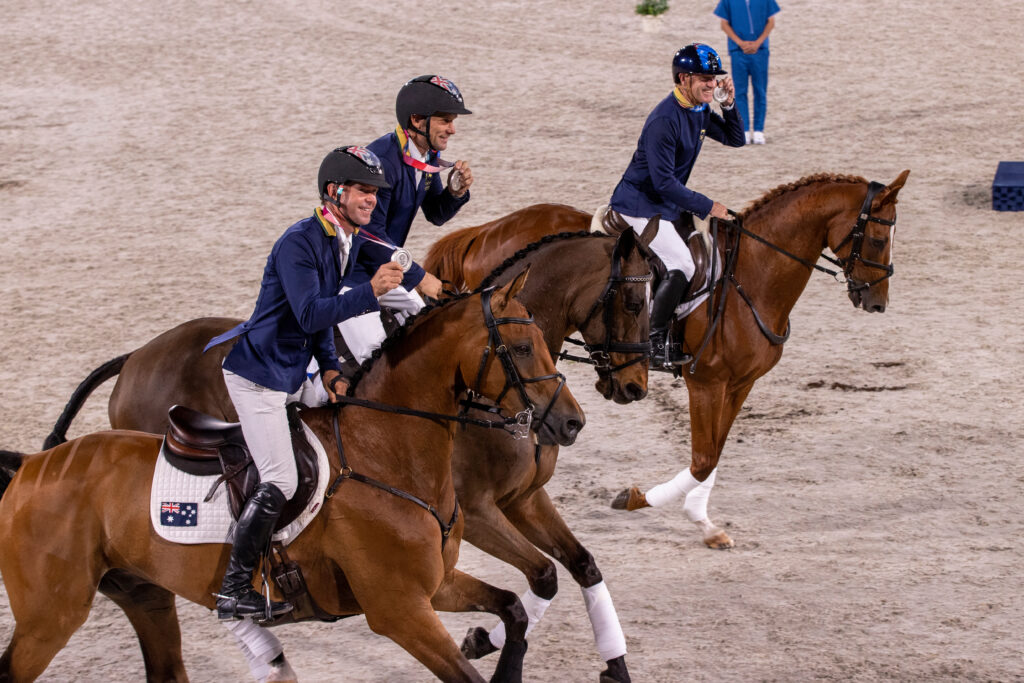
Australia’s silver medal winning Eventing team at the 2021 Tokyo Olympics. Image by Hippo Foto – Dirk Caremans.
2. Fostering a relationship with Pony Club and HRCAV
Pony Club Australia and the Horse Riding Clubs Association of Victoria (HRCAV) are fundamental to grassroots development. By fostering a strong relationship with these organisations, we can create pathways that benefit riders at all levels. A more seamless transition from grassroots to elite competition will strengthen our national equestrian landscape. There are also commercial benefits to developing relationships.
3. Acknowledging and supporting breeders
Australia produces world-class horses, yet our breeders often lack the recognition and support they deserve. Implementing a national prefix and suffix registry will provide greater traceability and recognition for breeders. This, in turn, will enhance breeding programs, encourage investment, and elevate the standard of Australian horses on the global stage.
4. Building a new IT system
Efficient management of memberships, competition entries, horse registrations, and performance tracking is essential. Our current systems need modernisation. A cutting-edge IT system will simplify processes, improve data management, and enhance user experience for all members.
5. Revitalising the coaching accreditation scheme
Coaches play a pivotal role in rider development. Our accreditation scheme must reflect modern coaching methodologies and international best practices. By revising the program, we can ensure that Australian coaches are equipped with the latest knowledge and skills, ultimately improving rider performance and safety.
6. Transitioning committees to skills-based selection
As mentioned earlier, expertise should guide our committees rather than geographical location alone. By transitioning to a skills-based selection process, we can make more informed and strategic decisions for the future of our sport.
GROWING OUR SPORT: SPECTATORS, ATMOSPHERE, AND ENGAGEMENT
Equestrian sport in Australia has immense potential for growth. We need to attract more spectators to our events, build an electric atmosphere, and create a buzz around our competitions. Engagement with mainstream media, strategic marketing campaigns, and event innovation are all crucial. We have incredible athletes – both human and equine – and their stories deserve to be told on a larger stage.
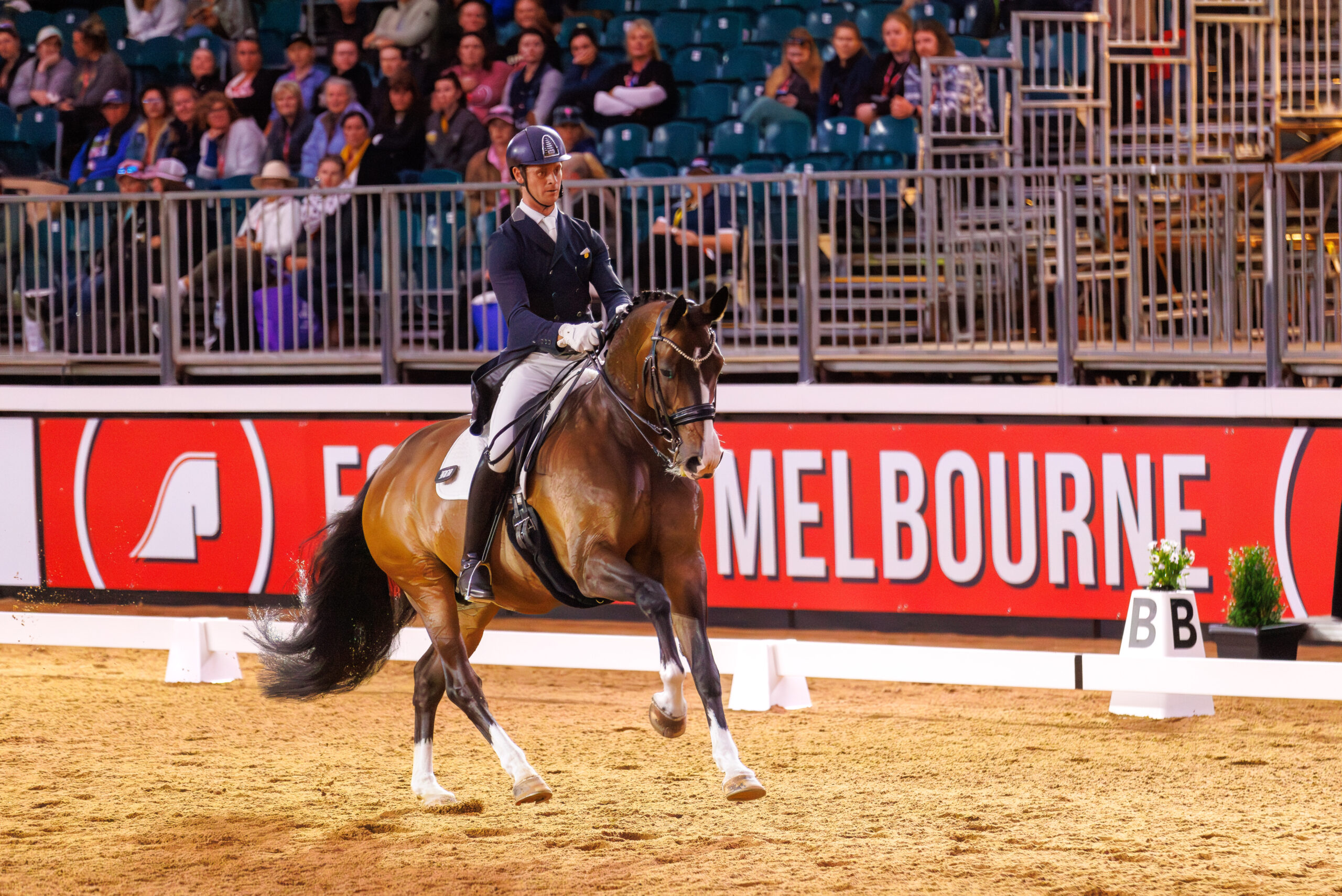
Equestrian sport in Australia has immense potential for growth. Image by One Eyed Frog Photography.
A BRIGHT FUTURE WITH A COMMITTED COMMUNITY
Australia is a lucky country. We are fortunate to have passionate and hardworking individuals who dedicate themselves to the success of our sport. From volunteers to officials, from grassroots organisers to high-performance coaches, so many people work tirelessly behind the scenes.
However, passion alone will not secure our future. We must be open to change, strategic in our approach, and relentless in our pursuit of excellence. Reform is not about criticising the past; it is about building a stronger, more effective, and more inclusive organisation that serves every level of our equestrian community.
As we move forward, I encourage all members to engage in the conversation. Share your thoughts, contribute your expertise, and be a part of the solution. Together, we can shape a future where Equestrian Australia is not just functional but thriving – a national organisation that truly delivers for its members, from the grassroots to the world stage. EQ
